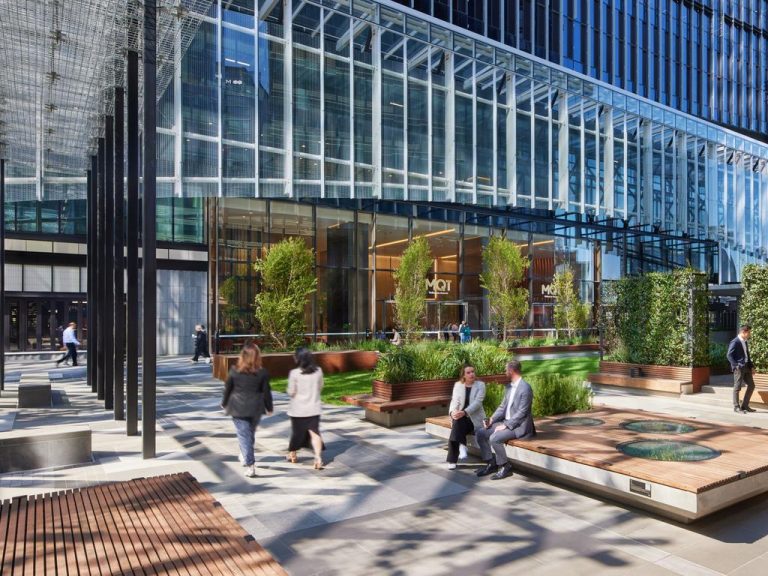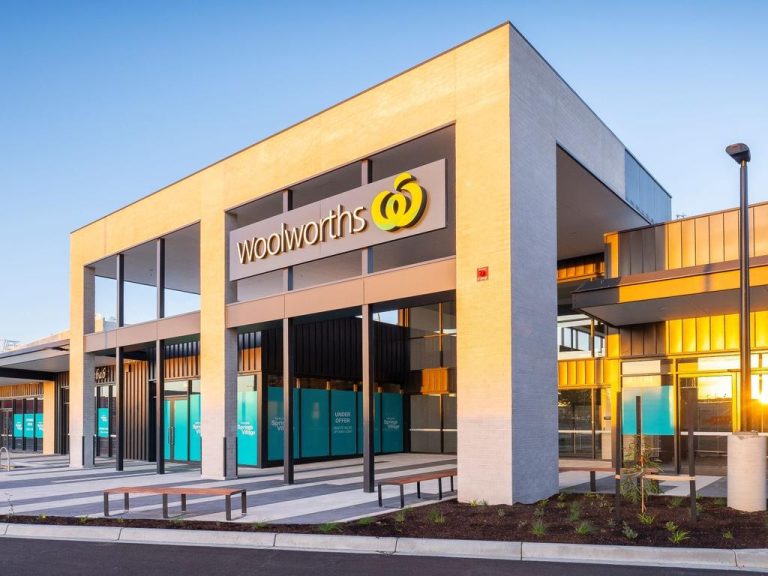Should I sub-lease part of my office?

It will reduce your property costs, but be aware; you need to do your homework first.
Locate sub-lease clause
Most commercial leases contain clauses which relate to sub-leasing. Therefore, the very first thing to do is get legal advice on whether or not you are entitled to sub-lease space in your office.
Never assume you have an automatic right to sub-lease or that the landlord either “won’t mind” or “won’t find out”. This would be a major mistake and may cost you a lot of money to correct!
Predict future earnings
To check whether dividing up your office space is financially worthwhile, apply the following simple arithmetical equation:
Total rental income from sub-lease minus sub-division legal and building costs equals net gain/loss.
Base the legal costs on those you accrued from your original lease. Regarding building costs, there is no standard cost as each sub-lease will be different. However, as a quick approximate guide apply a rate of $250 /m2 to the floor area of the sub-lease. Input this data into the equation and you will quickly be able to work out the financial viability of the sub-lease.
Talk to a professional designer
To comply with Council and National Construction Code regulations you cannot just partition off the office space you want to sub-lease. You have to consider entrances and exits, security and access to shared amenities such as bathrooms, lifts and kitchens. Call in a commercial interior designer to prepare the sub-lease space plan.
Get expert advice on building services
Office buildings host a whole range of sophisticated systems which will all need to be modified if your plan goes ahead. Power and lighting will have to be physically separated and new metering installed. Air conditioning will have to be reconfigured and re-calibrated and the fire services (sprinklers, exit, emergency lights, etc.) will also have to be rearranged.
Many newer buildings have computerised building monitoring systems which will also have to be modified. Once again this is the job for the experts.
You can engage a series of consultants to prepare the detailed engineering and building designs for you. Alternatively, contact a specialist design and build contractor who will be able to undertake the whole project on a turnkey basis. Finally, don’t forget council development consent will be required before any works can proceed
Future-proofing
In business, things change pretty quickly. New customers can be won and additional staff and space are suddenly required. Think about these things when considering how long the sub-lease term should be. Shorter terms generally command lower rents but give you more flexibility. This may be useful to support changing business conditions.







